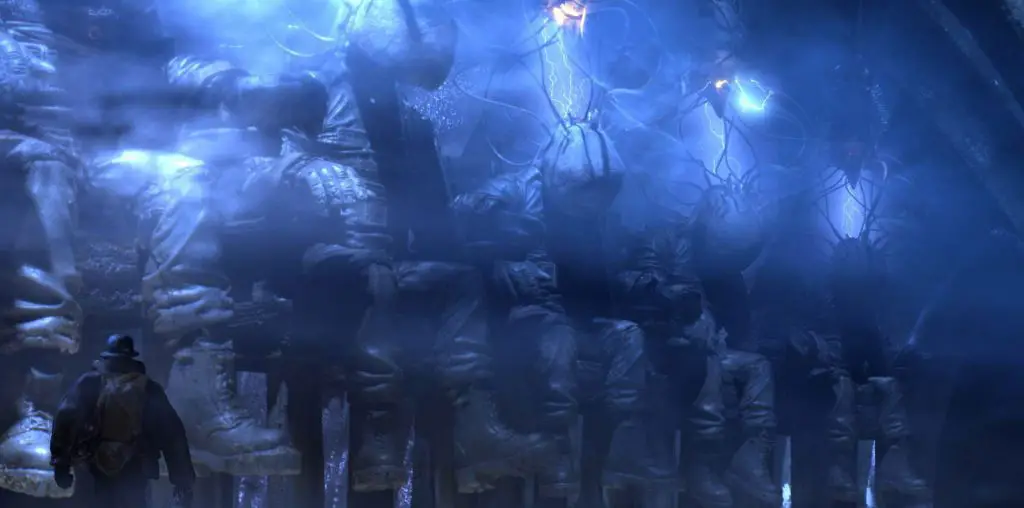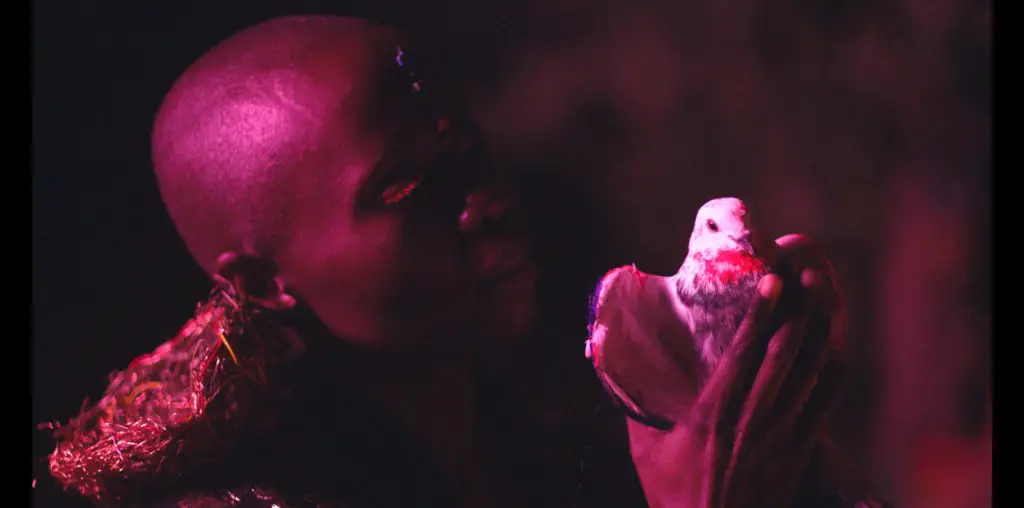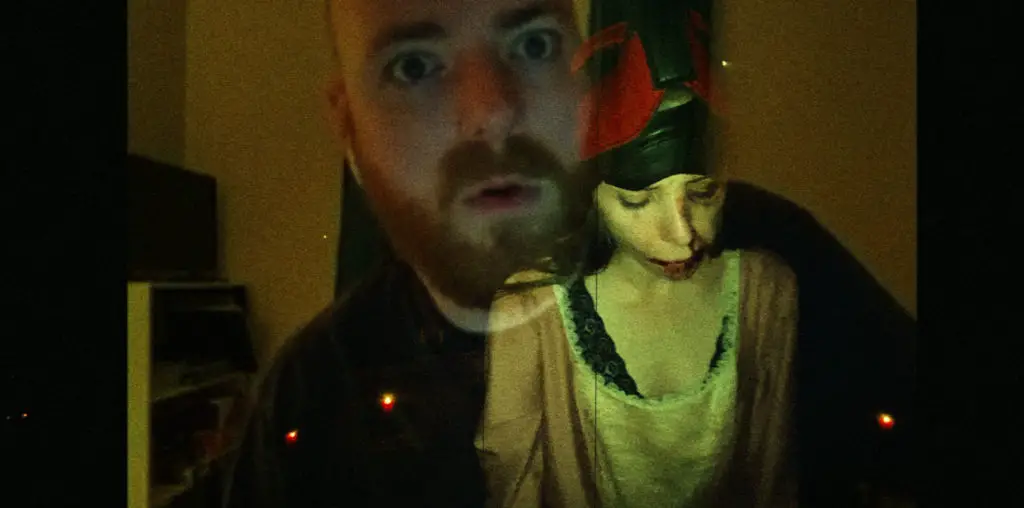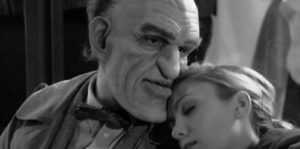
A well-known icon of horror movies shares the spotlight with a little-known one in director Joe O’Connell’s sweet documentary Rondo and Bob. Rondo Hatton suffered from acromegaly, which is a growth disorder. During World War I this reporter from Tampa. was exposed to mustard gas, which at the time was wrongly stated as the reason for his disfigurement. No matter the cause, it later led him to a short Hollywood career in horror movies for Universal, playing The Creeper. After he died in 1946, his image was recirculated in monster movie magazines that kids ate up.
One of Rondo’s biggest fans was Robert A. Burns of Austin, Texas. As a young adult, Burns ended up helping a former college classmate on an indie film by doing its art direction. The classmate was Tobe Hooper, and the film was The Texas Chainsaw Massacre. His gruesome interior decorations, including the incredible furniture made from bones, helped make it a classic. Burns would go on to do the art direction for many more classics, including The Hills Have Eyes, Tourist Trap, The Howling, and Re-Animator.
Rondo and Bob follows Burns’ career as well as his obsession with Hatton. Interviews with friends and colleagues are mixed with dramatic recreations, including scenes of Burns (Ryan Williams) interviewing Mae Hatton (Kelsey Pribilski), the widow of Rondo (Joseph Middleton). Mae confirms that while Rondo was terrifying on the outside, he was one of the sweetest humans who ever lived. Meanwhile, interviews with several genre fanatics confirm Burns’ place on the mantle of horror greatness.
O’Connell’s documentary is freewheeling in the best way possible. You don’t know where it will go next as it bounces around time and space. Instead of collapsing from chaos, this keeps things lively as you start to anticipate wackiness around each corner. You may get hit in the face with a vintage Deep Throat pinball machine or a Weird Al-like fast food song parody of Bettie Davis Eyes that Burns wrote.
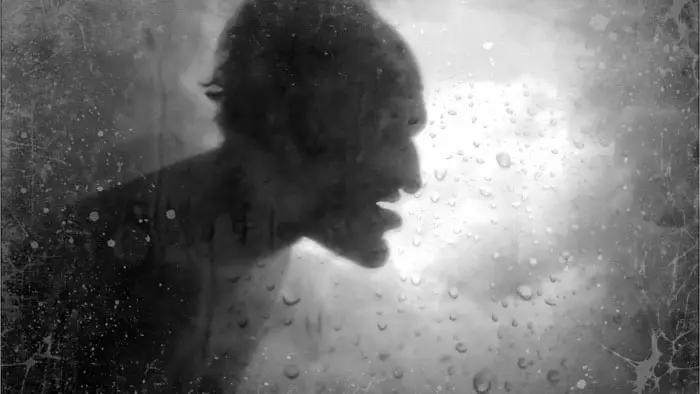
“…follows Burns’ career as well as his obsession with Hatton.”
This helps capture the atmosphere of Austin, Texas, back in the day. Apparently, Burns was a big part of what was originally keeping Austin weird. There is some great footage of the avant-garde costumes he’d make and wear to freak out everyone tripping on acid at Eeyore’s Annual Birthday Party in Zilker Park. Yes, Austin used to have massive public LSD events on a regular basis. Good luck finding that now.
We also find out that Hopper and Burns were on campus during the Charles Whitman sniper mass murder. The viewer gets a good overview of Rondo Hatton’s life as well, though the parallels between him and Burns are not made very clear. Hatton, despite his appearance, was a people person, while Burns was a recluse. How much his reclusiveness fed his creative powers is a recurring theme that more documentaries should explore.
Rondo and Bob should find its largest audience in the horror community, as Rondo is already an icon, and Burns deserves to be one. Now the Austin material and artistic temperaments may broaden the appeal, especially as documentaries are red hot right now. However, the horror crowd is more likely to appreciate the movie despite the production value concerns, namely the reenactments.
Due to budget and some casting misfires, the staged portions are at the quality level of Larry Buchanan, the director of Mars Needs Women. Middleton does a respectable job as Rondo, and Pribilski delivers an excellent performance as Mae. But f**k me to tears, Williams is godawful as Burns. His work is too stagey for the camera, with an unrealistic sing-song delivery that blights his frequent screen time. Though it’s nothing the horror crowd can’t look past, as they are used to ignoring the putrid elements to focus on the bloody goods. O’Connell has created something worth checking out for the horror community. It might be for monsters only, though, as this may drift past the mainstream.
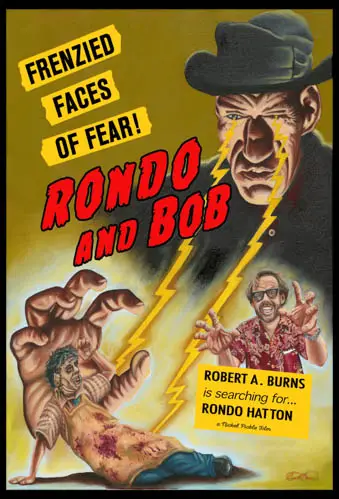
"…freewheeling in the best way possible."
